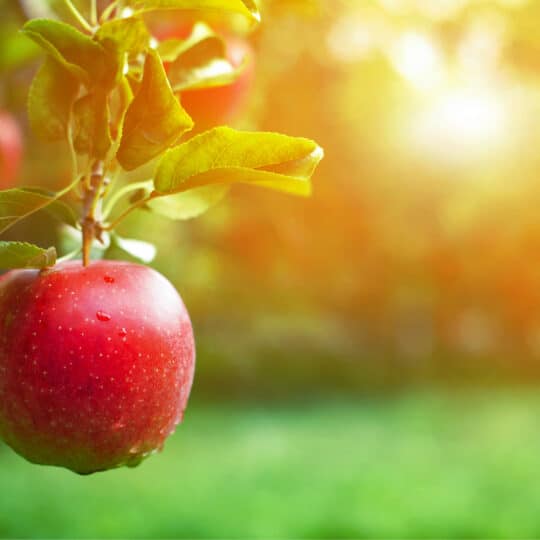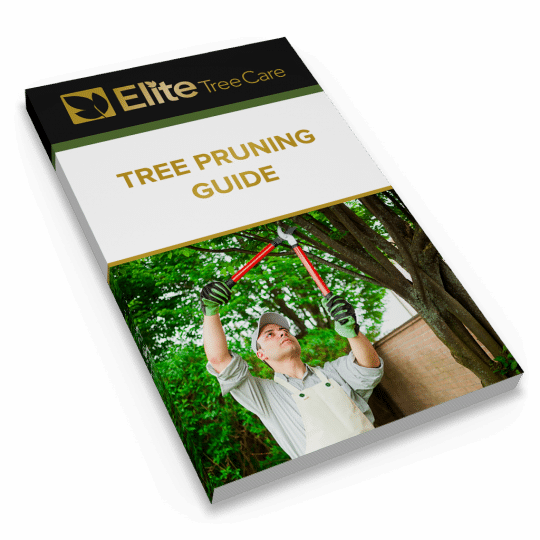Fruit Tree Pruning Tips
For a Fruitful Harvest
Posted
January 18, 2024

Pruning is an essential part of any tree maintenance plan. However, it’s even more important to follow certain guidelines when pruning a fruit tree. Here are some tips to help ensure plant heath and proper fruit production.
Benefits of Pruning Trees
In general, proper pruning helps maintain a tree’s appearance and overall health. The same is true for fruit trees. Here are some additional benefits to consider.
- Strong shape and structure. While pruning is meant to help maintain the structural integrity of all trees, it’s especially important for fruit trees to have strong branches in order to withstand the additional weight.
- More fruit. With stronger branches, a fruit tree can put less energy into repairing weakened areas and focus more on bearing fruit.
- Better quality. A pruned tree allows for more air circulation and sunlight throughout the canopy. Not only does this promote healthier fruit production, but the exposed fruits are more likely to ripen evenly into vibrant colors.
- Disease prevention. A healthy tree is less likely to attract disease and more likely to fight off any exposure to fungus. This way, fruit is spared from disease and any disease control methods.
In order to reap all the benefits of pruning fruit trees, it’s imperative to learn the proper way of pruning fruit trees.
Fruit Tree Pruning Tips
Tree pruning is most effective when done in the right way. Pruning too much at the wrong time can lead to additional problems. Keep these best practices in mind.
- Know your tree. Each fruit tree is different and has specific needs. Learn the growth habits and requirements for the type of fruit tree you’re maintaining.
- Timing. The best time for pruning fruit trees is while it’s dormant. This is typically in the late winter or early spring. During this time of year, there’s less chance of stressing the tree, transmitting a disease, or removing new growth.
- Tools. The right tool can make or break a pruning session. Make sure whatever tool you use, the blades are clean and sharp enough to cleanly cut through the branch. Ragged cuts are less likely to heal properly and could invite infection.
With the right tools and knowledge, you may be ready to cut or call a professional tree care expert.
Pruning Techniques
There are several ways of pruning a tree—it all depends on what the end goal is.
- Thinning. Reduce overcrowding and promote better air circulation by selectively removing branches.
- Deadheading. Remove dead or diseased branches to reduce the spread of disease or unpredicted loss of weakened branches.
- Heading back. Shorten the length of select branches to encourage lateral shoots. This helps shape young trees.
- Directional pruning. Guide the growth of branches in a specific direction to balance its shape and prevent interfering with neighboring trees or structures.
The type of technique you use greatly impacts the health and well-being of your tree. This is why it’s important to learn how to properly prune a fruit tree, especially if you’re interesting in harvesting something edible. One of the easiest ways to ensure the health and a bountiful harvest is to enlist the help of those who specialize in pruning different types of trees. Contact Elite Tree Care for more information on the best way to care for the particular plants in your yard or orchard.

Download Your FREE Tree Pruning Guide
Learn how, when, and how much to trim or prune your trees to maximize their health and beauty. This guide covers the factors that go into tree trimming (pruning) and will help you make a more informed decision about hiring a professional tree service.